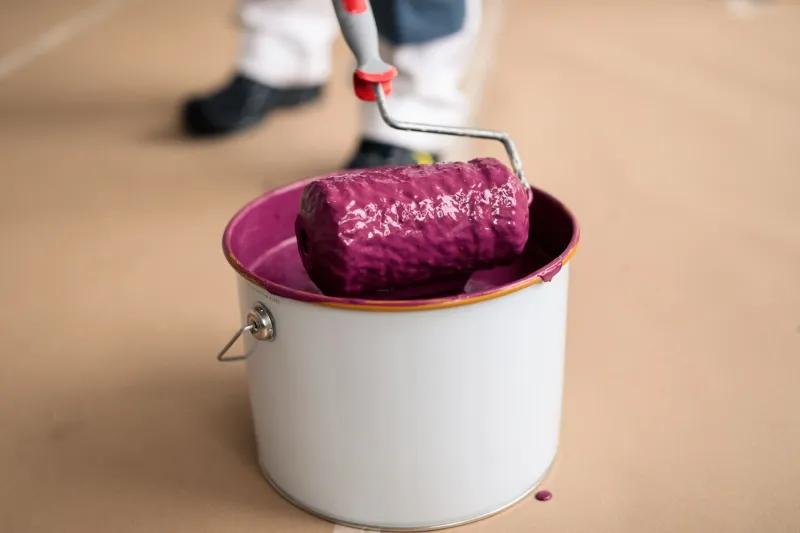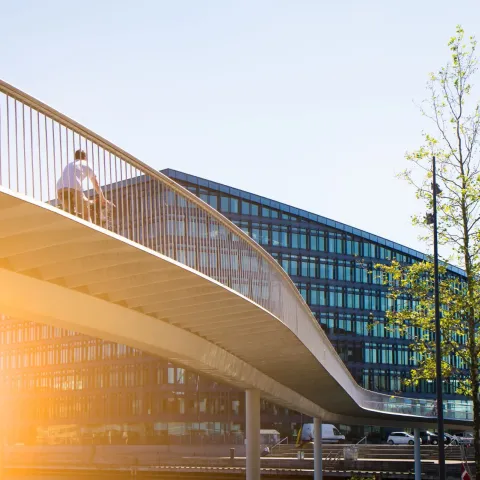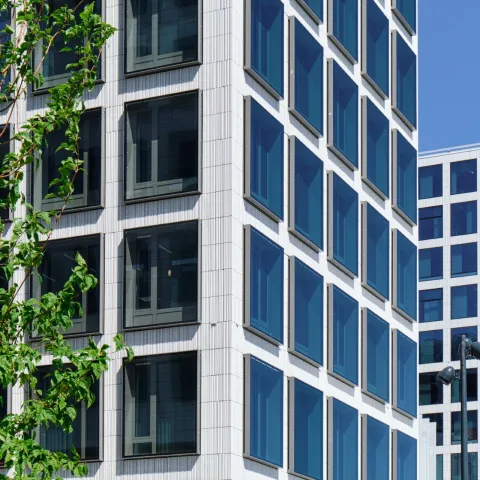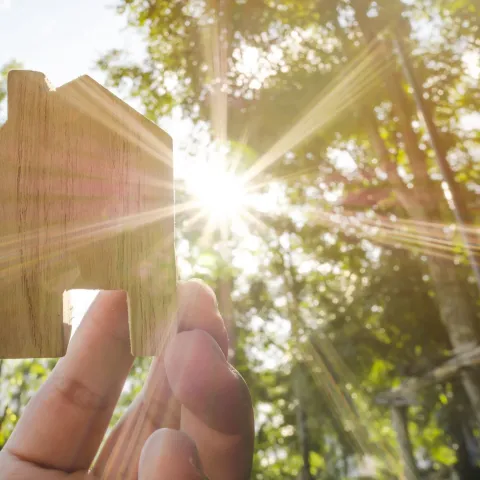How do paints and coatings affect indoor air quality in green buildings?
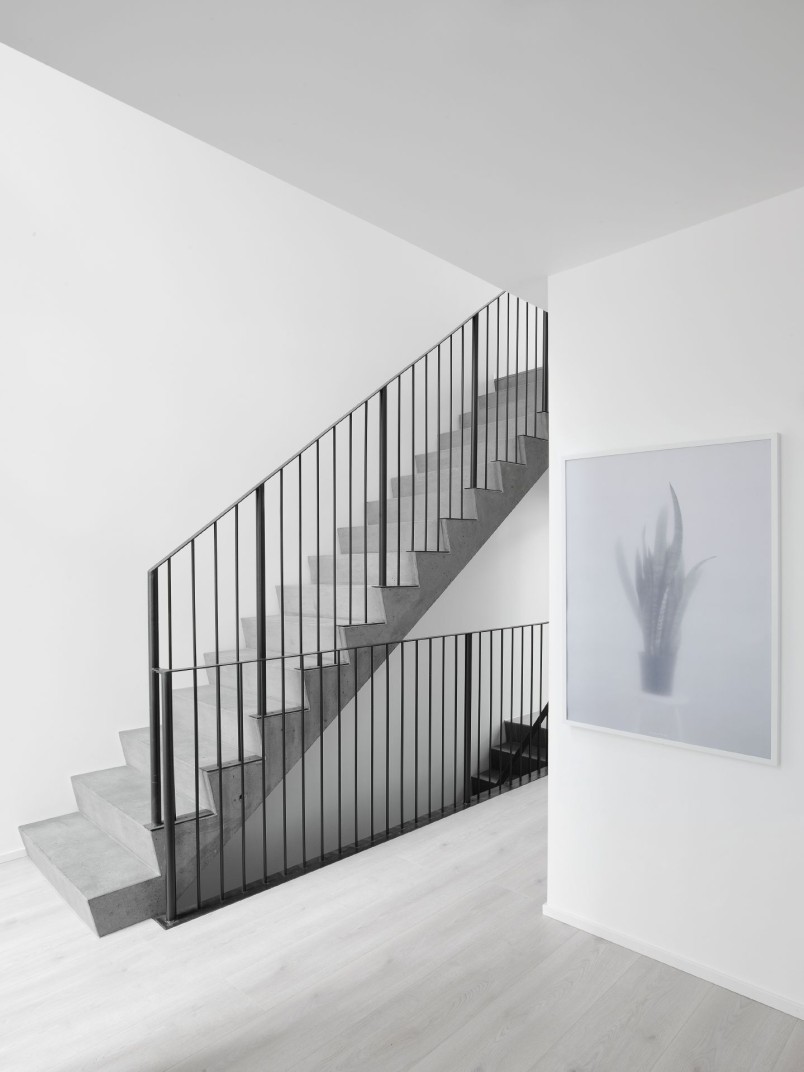
LEED, BREEAM, and RTS are environmental certification systems for construction projects that all consider interior air quality and material emissions. When selecting coatings, pay attention to volatile organic compound (VOC) emissions and limit the quantity of volatile compounds emitting from paint products.
The principles of sustainable development are kept front and center in environmentally friendly construction, throughout the building life cycle – all the way from planning to demolition. Carefully selected, high-quality materials extend the lifetime of a building, curbing demand for new construction and decreasing environmental stress.
Sustainable development also involves efforts to achieve high-quality interior air, as a building with low-quality interior air is less likely to attract long-term tenants. And a building with a permanently decreased occupancy rate is one step closer to demolition.
High-quality interior air is a combination of several factors
Good interior air is a sum of many parts, including ventilation, building services engineering, construction materials, and furniture. Individual material choices alone do not guarantee high-quality indoor air, but they all contribute.
For paints and coatings, you should pay attention to their VOC content and emissions. Both LEED and BREEAM projects have set limit values, but the broader objective is to minimize VOCs and other emissions.
You can find statutory VOC content limit values on the side of paint cans and on product data sheets, but they don’t tell you anything about LEED or BREEAM compatibility.
How do I pick the right coating for LEED and BREEAM projects?
There is no straightforward answer to this question because the right product is always dependent on the project and the environmental certification system.
There are several versions of both certification systems with country-specific differences in requirements, as well as different requirements for different buildings. Construction projects also may have significant project-specific differences. This makes it impossible to provide universally applicable guidelines.
For the most accurate information available, please refer to LEED and BREEAM environmental certification consultants, who will have comprehensive data on low-emission paints and coatings. Once you know your project-specific limit values, we will be happy to help you pick the right product.
In Nordic Swan Ecolabel projects, low-emission products are indicated by the M1 classification and the Nordic Ecolabel (the Nordic Swan). Read more about M1 classification in our article.
For low-emission results
High-quality, low-emission interior air is one of the sustainability targets of the real estate and construction industry. This is a target that Tikkurila is committed to promoting.
The Tikkurila Group currently offers over 300 ecolabeled products with either a national or international ecolabel or the M1 classification indicating it is a low-emission construction material.
If you are looking for a responsible partner for your green building project, get in touch! We’re happy to help.
